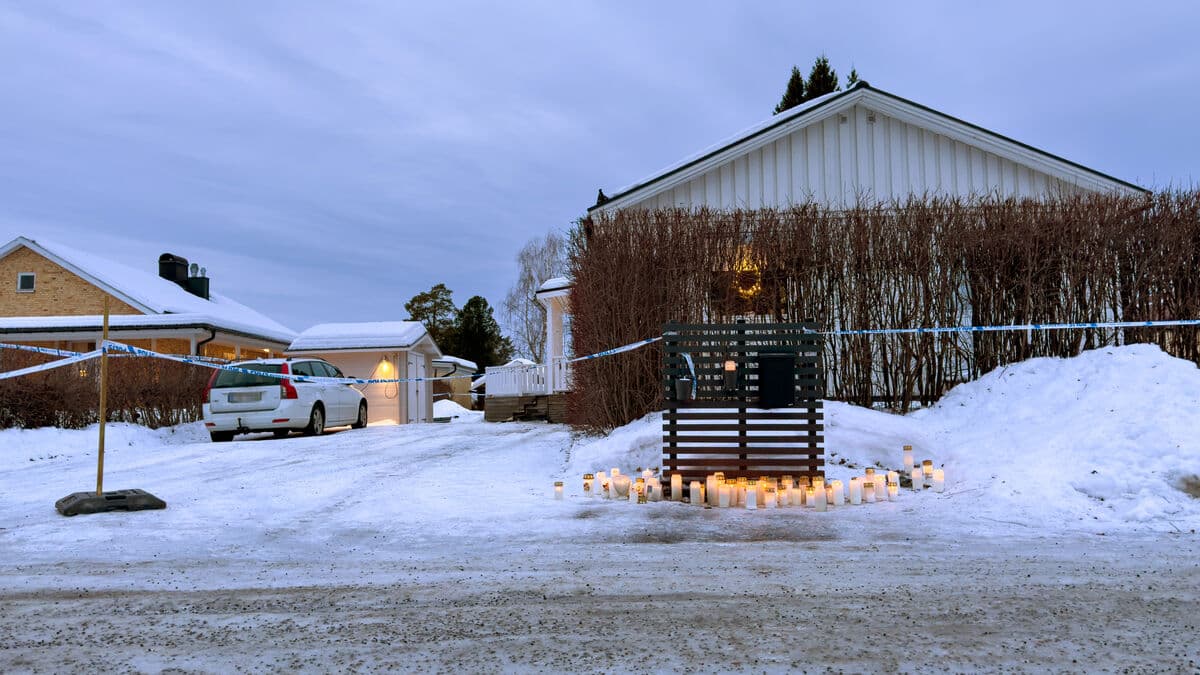The British-led Joint Expeditionary Force, JEF, celebrated ten years with a top meeting in Tallinn. It is still not entirely clear what and how JEF will be used.
JEF includes Nordic and Baltic countries, as well as the United Kingdom and the Netherlands. The idea is that they should be able to quickly assemble a force if a crisis arises in northern Europe.
The ten countries exercise together, but only a few sharp operations have been carried out. Last year, JEF countries patrolled the Baltic Sea to protect underwater cables.
The goal: Create cracks
At the top meeting, JEF leaders agreed to strengthen work against Russian hybrid threats and better protect sensitive infrastructure against sabotage.
Estonia's Defense Minister Hanno Pevkur sees a greater role for JEF. He expects JEF to quickly come to the rescue in the event of a Russian attack if NATO delays in triggering the defense clause, Article 5, of the NATO treaty.
Pevkur pointed out at a press conference before the top meeting that Russia is trying to create divisions among NATO countries, including through influence operations.
The goal is to create cracks in (NATO's) decision-making process, if there is a need to trigger Article 5, he says.
Asked if Estonia's hope for JEF is realistic, Prime Minister Ulf Kristersson (M) replies:
That may be, but then I think no one wants to hollow out the collective NATO force.
He describes JEF's purpose as "quickly meeting threats and risks that do not automatically trigger Article 5", i.e. crises that are not an armed attack.
But the question is where the boundary goes for what constitutes an armed attack.
No new goal
Estonia's Prime Minister Kristen Michal plans to drive at the NATO top meeting in The Hague this summer to get all NATO countries to increase their defense spending to 2.5-3 percent of GDP. He had hoped to get JEF leaders on board for such a goal, but that did not happen.
We have no common figure, and, to be honest, 2.5 percent would be a bit too little, says Kristersson.
Estonia is on its way to 3.7 percent, Sweden to 2.6 percent.
The top meeting also discussed continued support for Ukraine and what it means for the US's commitment to European security when Donald Trump becomes president.
It's a lot about not drawing any hasty conclusions about the US and showing that we are willing to do our part when it comes to defense spending and Ukraine, and then discussing carefully with the US about this, says Kristersson.
Peter Wallberg/TT
Facts: JEF countries' defense spending 2024, percentage of GDP
TTTT
Estland: 3.43
Lettland: 3.15
Litauen: 2.85
Finland: 2.41
Danmark: 2.37
Storbritannien: 2.33
Sverige: 2.14
Nederländerna: 2.05
Island: -
Source: NATO





